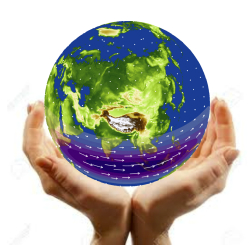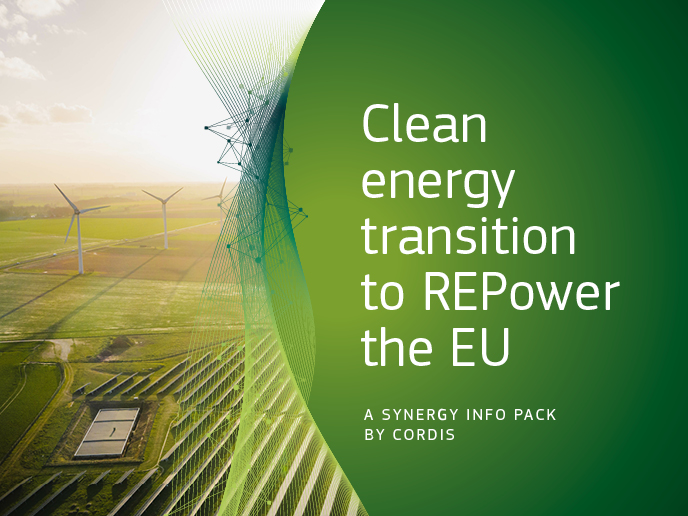Improved predictions for weather and climate
Weather forecasting depends on the accuracy of the initial conditions (called analysis) and numerical representations of the atmosphere. Analyses are prepared using temperature, wind speed and moisture measurements taken between the Earth’s surface and a height of about 60-80 kilometers. At present, the main missing component of the global observing system is wind observations, particularly over the oceans. Numerical weather prediction (NWP) models apply mathematical formulations of the atmospheric processes to make predictions based on current conditions as provided by the observations. These models generate weather forecasts on hourly to weekly time scales and on many spatial details. For the climate prediction, models need to include both the atmosphere, ocean and land predictions as well as the atmospheric composition and its variations. The climate model results are being widely used to understand current and future climate change. A lack of observations and imperfections in the models result in uncertainties in the analyses and forecasts. However, even with the perfect models and accurately known initial states, forecasts grow increasingly uncertain with forecast length due to inherent non-linearity in the flow. These challenges were addressed by the EU-funded MODES(opens in new window) (Modal analysis of atmospheric balance, predictability and climate) project, which provided a global perspective of the predictive capability of NWP models. ‘Atmospheric scientists investigated the dynamic properties of the atmosphere and climate dynamics over different spatial and temporal scales, showing the larger the spatial scale the greater the level of uncertainty in the initial conditions on which the weather prediction is based,’ says project coordinator Prof. Nedjeljka Žagar. Researchers developed and implemented a novel software tool (named MODES) for analysing atmospheric balance and predictability in weather and climate models. This innovative approach is used to validate and improve climate models. ′MODES provided a scale-dependent, three-dimensional global view of atmospheric predictability associated with analysis uncertainties in balanced and unbalanced circulation,′ comments Prof. Žagar. ‘Results showed that the majority of uncertainties are in the tropics due to unbalanced or inertio-gravity waves,′ she explains. The study looked at atmospheric balance and predictability in terms of the energy associated with various types of waves: balanced or Rossby-type of waves and unbalanced or inertio-gravity (IG) waves. Known as the normal-mode function representation, this approach is at the heart of the methodology proposed in MODES. ‘Energy levels associated with IG waves are much lower than the Rossby wave energy and their spatial scales are usually smaller, making them hard to model. However, their role is very important, strongly affecting both weather and climate, therefore it is crucial to validate their properties in NWP and climate models,’ claims Prof. Žagar. Therefore, MODES provided a method for estimating temperature and wind perturbations associated with IG waves in the global data. This method can be used to validate the IG waves in NWP and climate models by directly comparing them to observations of gravity wave fluxes available from periods of intense observations. Project results will benefit the NWP and climate model community and all those dependent on their work. MODES software was made available to the atmospheric research community and applied to the leading weather prediction model, that of the European Centre for Medium-Range Weather Forecasts. Selected outputs of the modal analysis are published on a daily basis at the project website.







